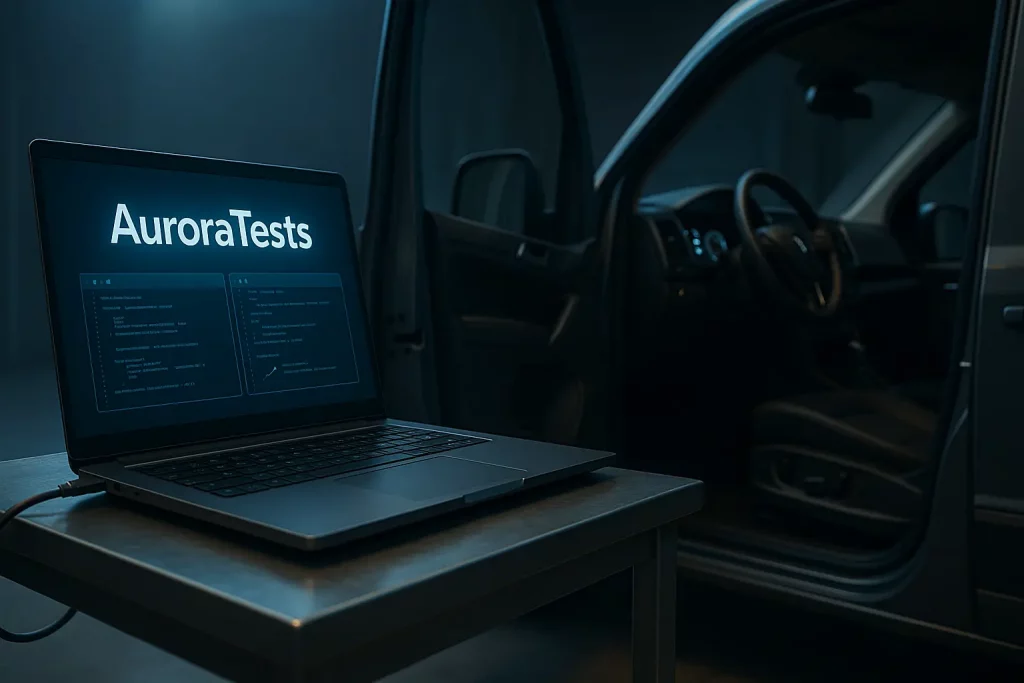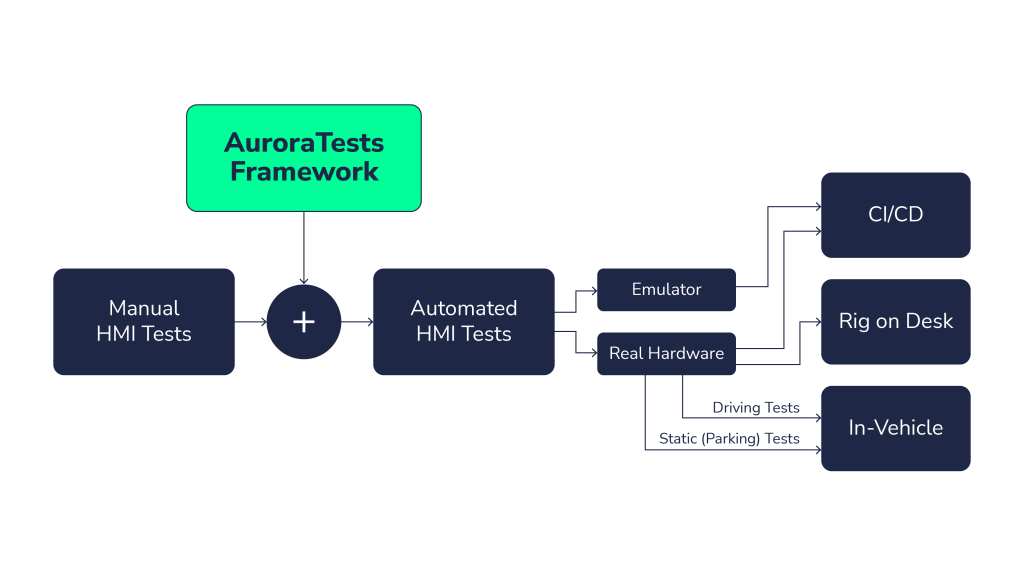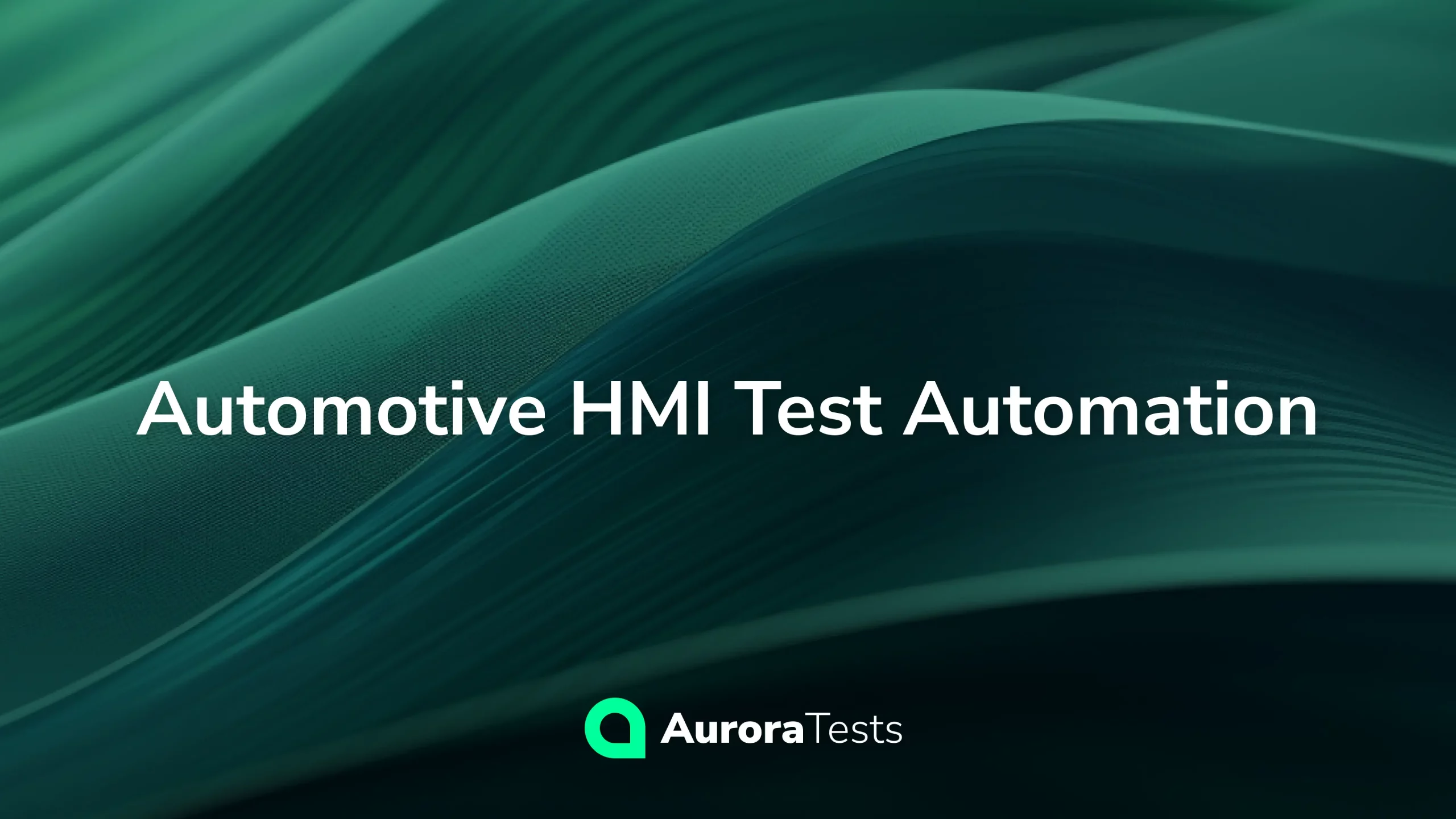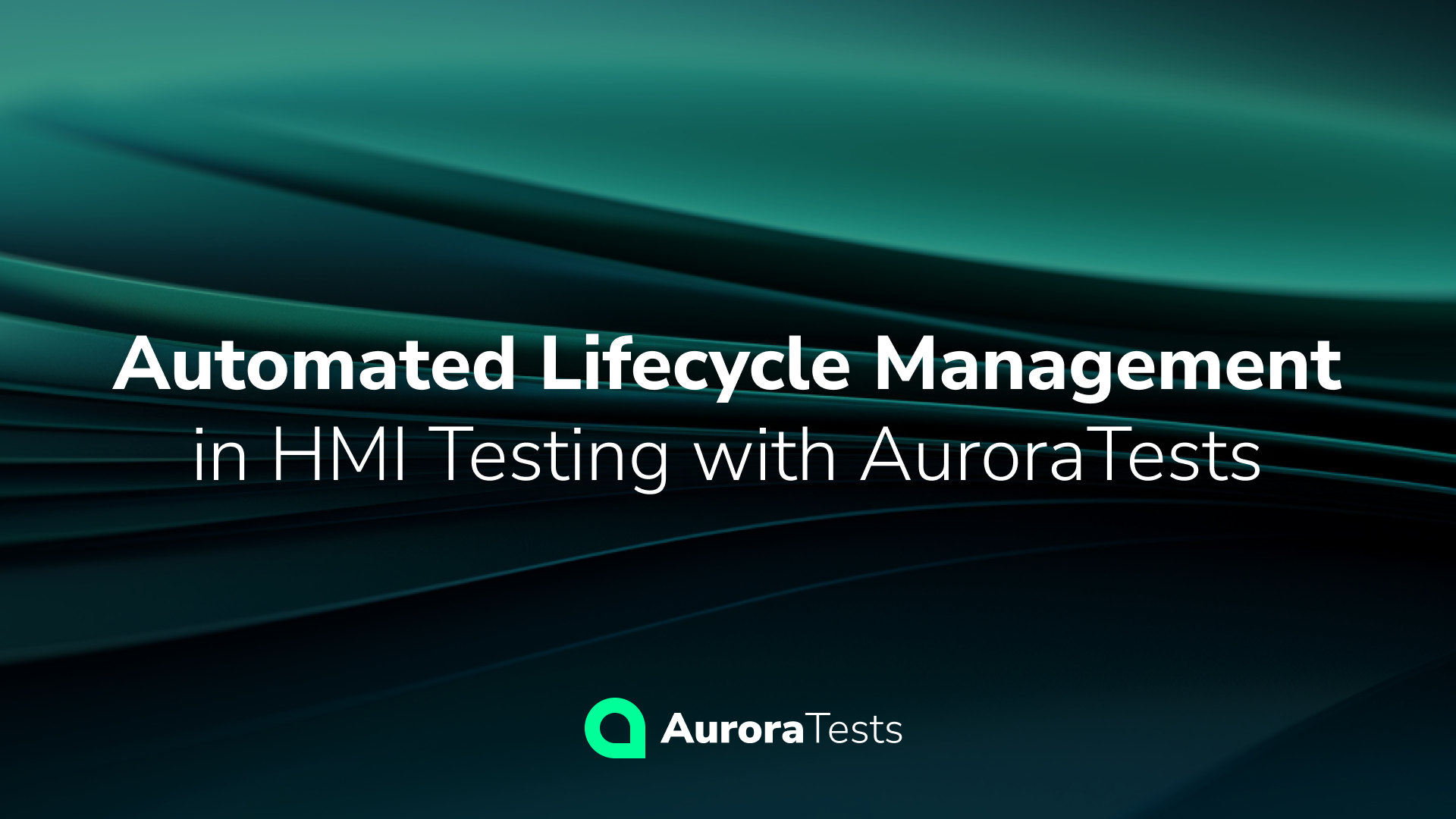The Challenges of Modern HMI Validation
Modern automotive Human-Machine Interfaces (HMIs) are becoming increasingly complex, featuring rich multimedia content, multilingual support, and complex user workflows that are essential to the driving experience. However, traditional HMI testing methods struggle to keep pace with this complexity. As software complexity increases, the pressure on development and validation teams to deliver fast, high-quality HMI experiences is greater than ever.
Manual testing becomes a bottleneck.
✘ Repetitive and time-intensive: QA engineers spend countless hours performing repetitive test scenarios
✘ Error-prone: Human testers can miss critical UI bugs or inconsistencies
✘ Unscalable: Manual processes can’t easily re-run on multiple hardware configurations, languages, or test environments
These limitations can slow down the entire process, forcing teams into a reactive approach, discovering critical issues late in the development cycle when fixes are expensive and time-consuming.
It’s time for a smarter approach.

Introducing AuroraTests Framework: AI-Powered HMI Test Automation
AuroraTests is a black-box test solution specifically designed for automotive HMI test automation. While optimized for automotive applications, the framework’s capabilities make it adaptable to a wide range of UI testing scenarios across different industries. Powered by computer vision (CV), it simulates human interactions like touches, visual recognition, and text reading, without requiring internal hooks or instrumentation of the HMI application.
Key Advantages of AuroraTests:
✔️ No intrusive code changes for applying AuroraTests
✔️ No access to source code or internals
✔️ Cross-platform, cross-device, CV-powered automation
Think of it as your dedicated virtual QA engineer that can watch the screen, read the text, recognize UI elements, and execute test scenarios with perfect consistency and timing. Just like a human, but faster and more reliably.
Step-by-Step Guide to Automotive HMI Test Automation
To minimize risk and maximize value, we recommend a structured step-by-step approach to implementing AuroraTests. Here’s how:
Phase 1: Pilot (Proof of Concept – POC) on Emulator
Objectives:
- Prove the core concept using your existing emulator environment.
- Use AuroraTests to automate 3–5 selected test cases from your current manual test suite.
- Validate UI behaviour through object and text recognition combined with simulated user interactions.
- Run these tests locally.
Benefits:
- Immediate feedback on feasibility.
- No dependency on hardware or drivers.
- Fast iteration cycle.
- A proven concept to move forward.
Deliverable: Working automation suite with logs, screenshots, and success/failure reports.
Phase 2: Hardware Integration (HMI Device or Test Rig)
Objectives:
- Move beyond emulators into physical HMI validation.
- Run the same test scripts on the real HMI device.
- Simulate real-user interactions in a controlled lab setup.
Benefits:
- Validate HMI responsiveness, graphics rendering, and timing under real conditions.
- Great for static (parking) verification tests and for driving tests in simulation mode.
Deliverable: Automated test runs on rig with full logs and performance benchmarks.
Phase 3: Scale to In-Vehicle and Driving Scenarios
Objectives:
- Enable end-to-end tests on fully integrated HMI systems inside a vehicle.
- Can validate HMI workflows during test drives (Important! AuroraTests does not interfere with the internal software or hardware of the vehicle. It operates solely as an end user, performing only actions permitted to a human operator.).
Benefits:
- Test real dynamic behaviours of the HMI.
- Catch regressions in real user scenarios.
Deliverable: Test reporting from in-vehicle environments.
Phase 4: CI/CD Pipeline Integration
Objective:
- Make HMI testing a continuous, automated process.
- Hook AuroraTests Framework into your DevOps flow (emulator and/or HW rig).
- Trigger tests automatically:
- On every commit (smoke test)
- Nightly (regression)
- Release candidate (final QA)
Benefits:
- Shorter test cycles.
- Immediate feedback on UI breaks or regressions.
- Enhanced confidence during software integration.
Deliverable: Fully integrated test pipeline with pass/fail metrics per build.
AuroraTests Framework – Full Automation Journey Workflow

Why Choose AuroraTests for Automotive HMI Test Automation?
1. Reuses your current test logic
Transform existing manual test procedures directly into automated scripts without redesigning your test approach. Your current test documentation and processes become the foundation for automation.
2. No modification of HMI source code
Black-box testing approach means zero intrusive changes to your implementation (source code). AuroraTests interacts with your HMI exactly as end users do, requiring no internal hooks, APIs, or instrumentation.
3. Enables fast regression validation across all platforms
Run identical test scenarios on emulators, hardware test rigs, and real vehicles using the same scripts. The AuroraTests Framework automatically adapts to different screen sizes, resolutions, and hardware configurations.
4. Includes lab testing and real-world driving testing
Seamlessly transition from controlled laboratory environments to actual in-vehicle testing scenarios. Validate HMI performance under both static conditions and dynamic driving situations.
5. Supports agile, scalable development
Integrates directly into CI/CD pipelines for continuous automated testing. Scale your testing coverage without proportionally increasing QA team size or testing infrastructure.
Business Impact: Why Automation Matters
Immediate Benefits
- Reduced Testing Time: Automate repetitive test scenarios that currently consume significant QA resources
- Improved Test Coverage: Execute comprehensive test suites across multiple configurations consistently
- Early Bug Detection: Identify HMI issues early, before they progress to later development stages or reach the end user
- Cost Reduction: Minimize manual testing overhead and reduce late-stage bug fixes
Long-term Strategic Value
- Scalable Quality Assurance: Handle increasing HMI complexity without proportional QA team growth
- Faster Time-to-Market: Remove testing bottlenecks from your development process
- Enhanced Product Quality: Deliver more reliable HMI experiences to end users
- Competitive Advantage: Accelerate innovation cycles while maintaining quality standards
Getting Started with AuroraTests
Ready to transform your HMI testing process? We offer comprehensive pilot programs to demonstrate the impact AuroraTests can have on your project.
Implementation Checklist
- Identify 3–5 core test cases from your current manual test suite
- Run on emulator to validate AuroraTests Framework feasibility
- Extend to hardware for real-world HMI device testing
- Plug into CI/CD pipeline for continuous automated validation
- Scale to vehicle tests for comprehensive in-vehicle scenarios
Next Steps
Contact our team to discuss your specific HMI testing challenges and explore how AuroraTests can accelerate your validation process while improving product quality.




